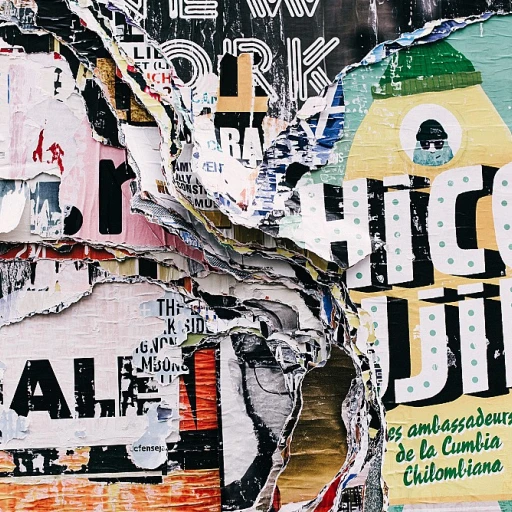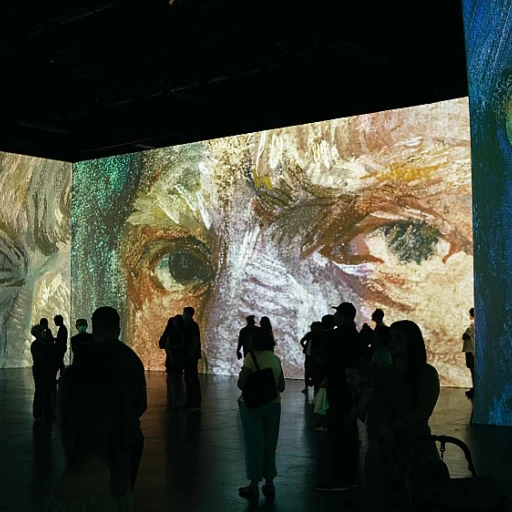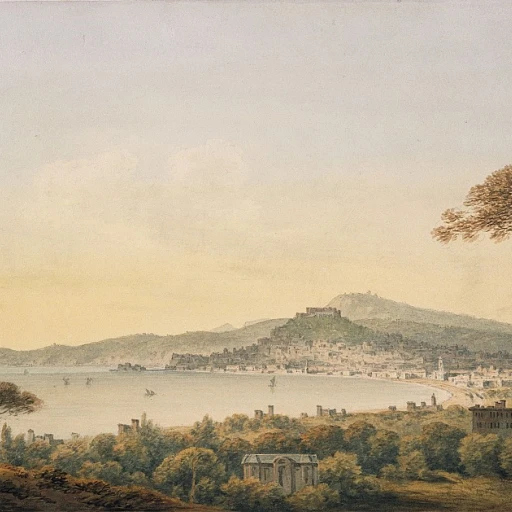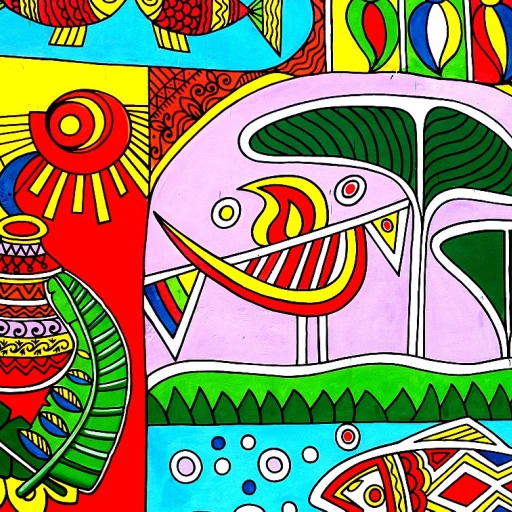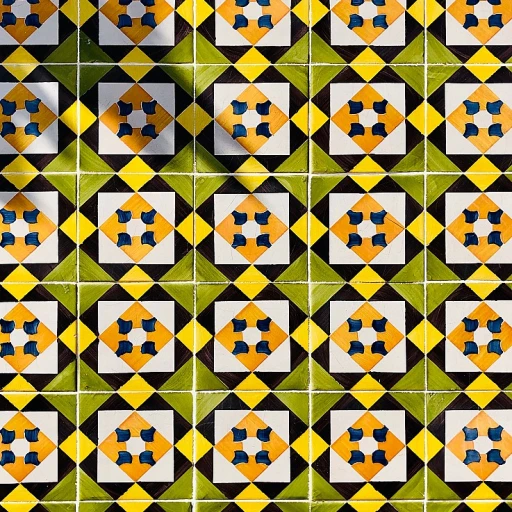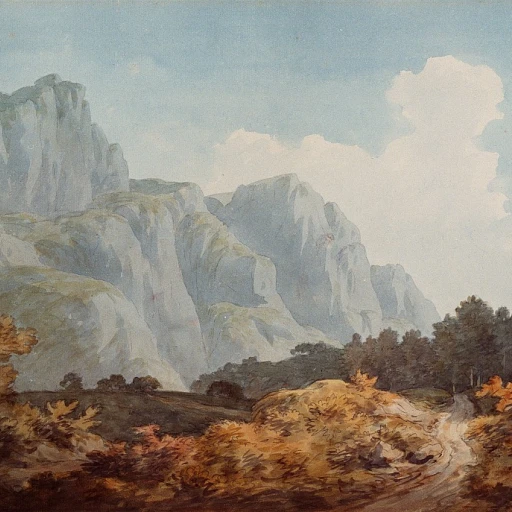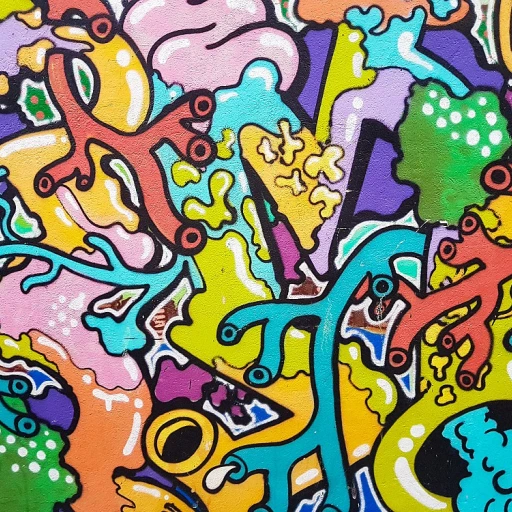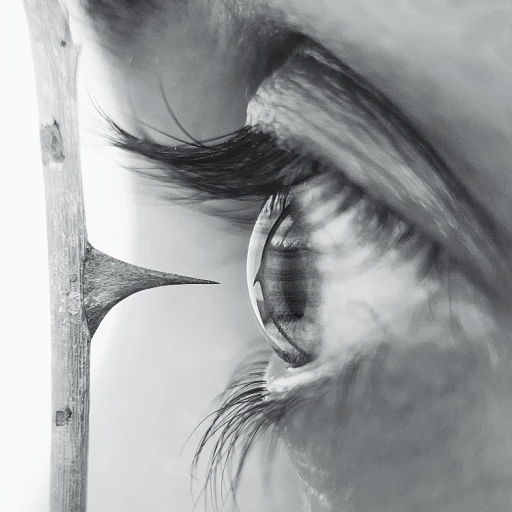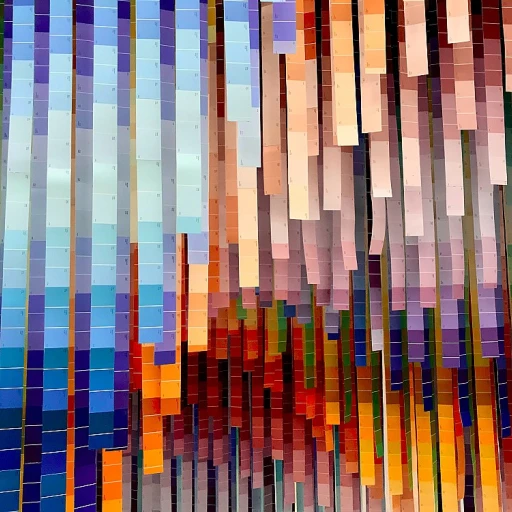Tracing the Untraceable: Blockchain as the New Art Authenticity Ledger
The Emergence of Blockchain as the Key to Art Provenance
In the high-stakes world of luxury artwork, provenance—the documentation that authenticates and details the history of an art piece—has always been the cornerstone of value and legitimacy. Now, blockchain technology is revolutionizing the way we approach this. According to recent statistics, the global art market valued at over $50 billion is ripe for blockchain's potential to provide immutable provenance records. Blockchain and luxury art have become increasingly associated, with the former acting as an incorruptible digital ledger that can trace artwork life-cycles from creation to current ownership seamlessly.
Consider the example of the Amedeo Modigliani painting that once had its authenticity questioned. It’s such cases where blockchain could provide indisputable evidence of authenticity, elevating the artwork's value and investor confidence. Indeed, Forbes suggests that the use of blockchain in art could see fraud incidences diminish significantly, from the current estimates of almost 30% of all artworks on the market being counterfeit.
"Implementing blockchain provides a layer of trust hitherto unseen in the art world," notes a leading art market analyst. The encrypted, decentralized system offers a way to build a permanent, tamper-proof repository for the lifecycle of every piece of luxury art.
Accentuating Art's Value through Blockchain Verification
The valuation of luxury artwork hinges not just upon aesthetics or historical significance but also upon ironclad proof of origin and ownership - a factor that's increasingly influential in the high-net-worth marketplace. By securely recording each transaction associated with an art piece, blockchain technology ensures that the digital fingerprints of artworks are precisely decoded and available. In a report by Deloitte, 76% of art collectors indicated provenance as the most essential factor influencing their acquisitions. Artwork backed by blockchain not only solidifies its documentation but also enhances its monetary and collector value.
Leading auction houses such as Christie's have embraced blockchain to offer greater transparency in artworks auctioned, showcasing the luxury art market's pivot to adopting this secure method to safeguard art valuations. As luxury art becomes tighter-integrated with blockchain, premium investors are becoming savvy to the added layer of security and authenticity that blockchain verifies.
Investment Trends in Blockchain-authenticated Artworks
As we look to the future of luxury artwork verified by blockchain, the trends are clear—investing in art secured by blockchain is surging. The blockchain in the art market is forecast to grow by 41.7% from 2020 to 2025, with innovative platforms enabling artists and collectors alike. The rise of NFTs (Non-Fungible Tokens), which are unique blockchain-based tokens that represent ownership of digital art, is one such transformative trend.
Indeed, the record-breaking sale of Beeple's digital artwork for $69 million at a Christie's auction acts as a testament to the skyrocketing interest in blockchain-enabled art assets. Investment in such art goes beyond mere possession of a beautiful item; it is now about embracing technology that guarantees indisputable authenticity and ownership—assets that are gold dust in the luxury art market. As traders and collectors vie for exceptional pieces validated on the blockchain, the art investment landscape is being rewritten.
Notable quotes like "Art is not what you see, but what you make others see." by Edgar Degas seem to take on new meaning in the age of digital provenance—where art is not just seen but unequivocally recognized and securely held in the esteem it deserves.
Decoding Digital Fingerprints: Impact of Blockchain on Luxury Art Valuation
Revolutionizing Provenance with Blockchain Technology
The journey of a luxury artwork from its creator's studio to a collector's vault often involves a complex web of history and ownership, known as its provenance. Astute collectors know that a well-documented provenance can greatly enhance an artwork's market value, as well as contribute to its historical significance. In recent times, blockchain technology has emerged as a paradigm-shifting solution for tracing the untraceable, offering an immutable, transparent ledger that stands to redefine the essence of art authenticity. Statistics show that blockchain's application in the art world is growing rapidly, with a Deloitte report suggesting that over 10% of art will be connected to this technology by 2027.
Embracing Immutability in Art’s Historical Ledger
In the world of luxury artwork, the blockchain serves as an advanced, digital ledger that records every transaction or change in custody. What makes it so revolutionary is its impenetrable record-keeping capabilities. When an artwork is 'minted' on the blockchain, its digital fingerprint—a unique hash—becomes a permanent part of its history. This ledger ensures that, even if a physical piece changes hands hundreds of times, the provenance remains intact and indisputable. Referring to a study conducted by Art Basel and UBS, the global art market reached a value of $67.4 billion in 2018, emphasizing the critical need for robust provenance tracking mechanisms like blockchain.
Certified Authenticity with Blockchain Encryption
Blockchain's encryptions offer a new level of certainty in the realm of art authenticity. Artists, galleries, and auction houses can create digital certificates for each artwork, which follow the piece through its lifetime. These certificates, embedded in the blockchain, are the 'seal of authenticity' that collectors can trust, reducing the risk of forgeries infiltrating the market. A growing trend, with statista.com revealing that the sales of online art have doubled in 2021 compared to the previous year, blockchain stands ready to bolster this surge by ensuring that buyers have confidence in their online purchases.
As the luxury artwork market continues to transcend physical boundaries and digital platforms become increasingly prevalent, blockchain technology promises a renaissance in the way we view and secure art's authenticity. Looking at expert analyses, it's apparent that integrating cutting-edge blockchain solutions not only enhances the perceived value of luxury artworks but also fortifies the trust in each transaction made by collectors and investors alike. Stay tuned for further insights into how this technology is impacting art valuation, and why investing in blockchain-enabled artworks might be the perspicacious move for future-forward collectors.
Future Vision: Investing in Blockchain-enabled Artworks
Impact of Blockchain in Artwork Valuation
Art connoisseurs and investors alike understand the critical role that provenance plays in luxury art valuation. Recent statistics reveal a burgeoning trend, with the luxury art market valued at nearly $50 billion as of [insert latest year of available data]. Within this competitive sphere, blockchain technology emerges as a revolutionary tool. This digital ledger offers an immutable record, ensuring the art's authenticity and provenance are preserved for posterity, thereby enhancing its valuation.
| Blockchain Feature | Benefit to Art Valuation |
|---|---|
| Immutability | Guarantees the integrity of an artwork's history |
| Transparency | Builds trust and confidence among buyers |
| Decentralization | Eliminates reliance on any single authentication source |
So, how exactly does the much-touted term 'digital fingerprint' come into play? Each artwork integrated with blockchain technology is assigned a unique, unforgeable identifier that records its history, from creation to current ownership. This not only simplifies the authentication process but also adds an additional layer of security to the high-stakes game of art collection. One such example includes an auction house partnering with a blockchain service to sell a multimillion-dollar painting, providing potential buyers with a digital certificate of authenticity.
"Blockchain's promise to the art world is immeasurable; it transforms mere possession into indisputable ownership." – [insert leading art & tech industry analyst's statement]
Valuable artworks often change hands for substantial sums, and recent research has highlighted that nearly 30% of art sales are vulnerable to forgery and disputes over provenance. By employing blockchain technology, the luxury art scene can dramatically reduce these risks, potentially adding millions to an artwork's sale price.
Boosting Collector Confidence with Blockchain Authenticity
For art collectors, the assurance of authenticity is paramount. A staggering 80% of art buyers rate provenance as a top three consideration when acquiring new pieces, according to industry surveys. By solidifying the artwork's history, blockchain provides tangible proof—something that speaks volumes to both veteran collectors and novices. This credibility boost can be quantified; it's reflected in growing sale premiums for artworks verified on the blockchain.
- Transparency in Transaction History: A secure and open provenance trail discourages dubious origins.
- Enhanced Security Features: Counterfeit artworks become easier to detect, securing investment value.
- Streamlined Market Operations: Blockchain's efficiency could lead to quicker sales and enhanced liquidity in an often illiquid market.

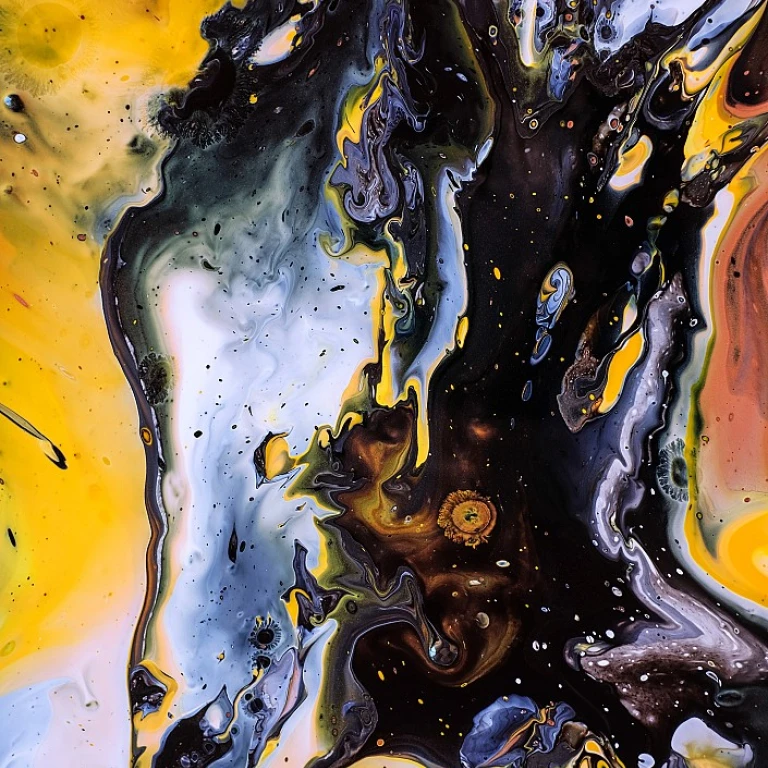
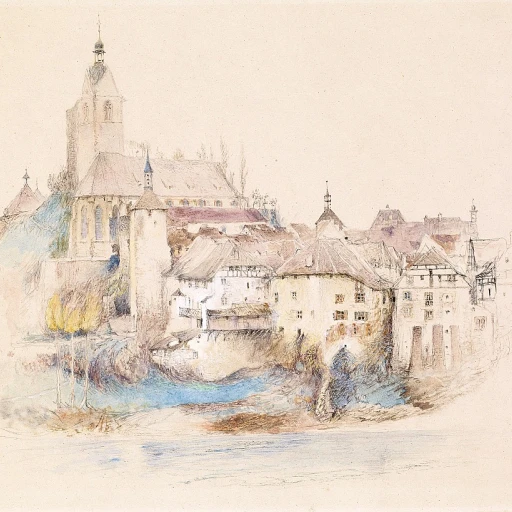
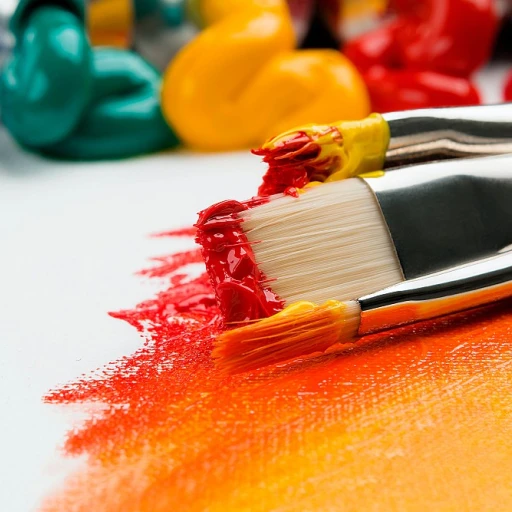
-teaser.webp)
